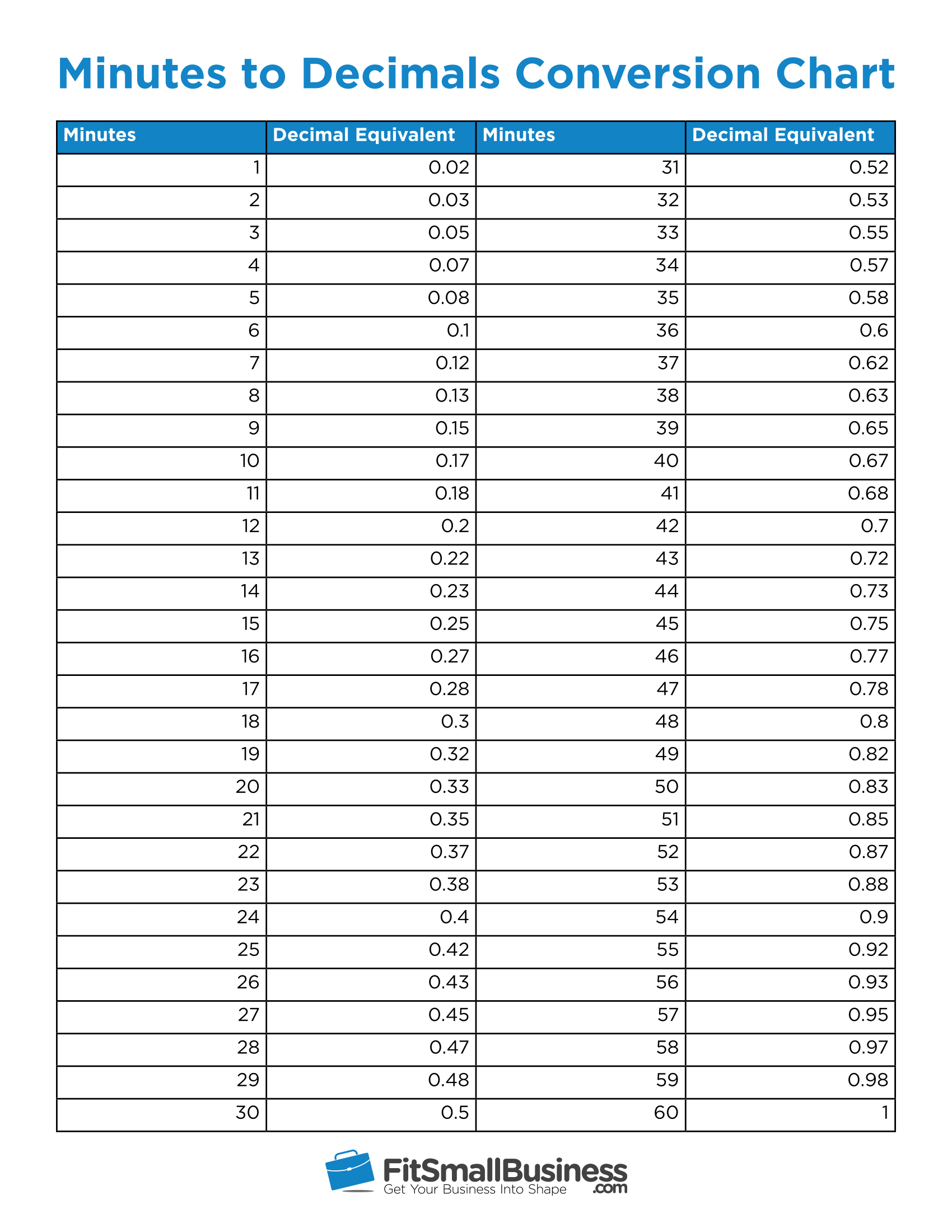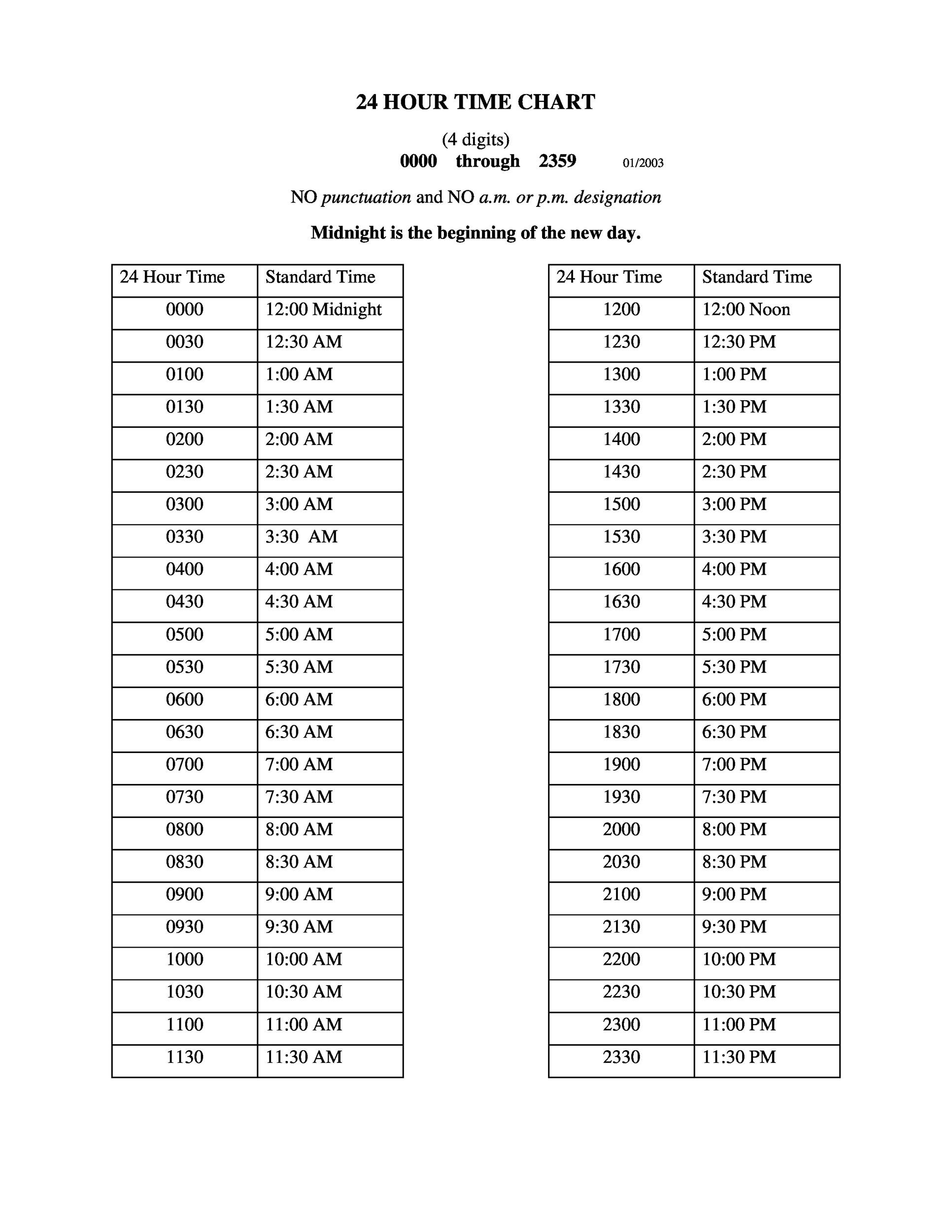

PM refers to the time from 12 noon to 11:59 midnight. If we convert 11:59 to the 24-hour clock, we get, 11:59 + 12, that is, 23.59 which is just a minute away from 12 midnight. What Time is 11:59 PM?ġ1:59 PM refers to the night time just before midnight. AM means Ante Meridiem and PM means Post Meridiem. From midnight to 11:59 noon, the time is represented as AM, and from 12 noon to 11:59 midnight, it is represented as PM. Our expert tutors conduct 2 or more live classes per week, at a pace that matches the child's learning needs.ĪM and PM are units that are used to represent time in a 12-hour clock. Our mission is to transform the way children learn math, to help them excel in school and competitive exams. PM represents the time from 12 noon to 11:59 midnight.Ĭuemath is one of the world's leading math learning platforms that offers LIVE 1-to-1 online math classes for grades K-12. AMĪM represents the time from midnight to 11:59 noon The AM and PM differences can be seen in the following table. Subtract 12 hours and at the end add PM to the time for intervals between 13:00 and 23:59 Simply add AM to the time, from 1:00 to 11:59 We can convert a 24-hour clock to an AM-PM clock by attaching 12 hours from the first hour of the day (0:00 / midnight to 0:59) and AM to the time. are typically abbreviated for Post Meridiem. Ante Meridiem is generally referred to as AM, am, a.m., or A.M., whereas, PM, pm, p.m., or P.M.

5 AM is early in the morning and 5 PM is late in the afternoon 1 AM is one hour after midnight, and 11 PM is one hour before midnight.

The 12-hour clock method defines all 24 hours of the day using the numbers 1 to 12, followed by am or pm. PM stands for Post-Meridiem, which means it is the time after the meridian line has crossed the Sun, or, the time between noon and 11.59 at night. The abbreviation 'AM' stands for Ante Meridiem, which means it is the time before the meridian line has crossed the Sun, or, the time between midnight and 11.59 in the morning. The first is through a 24-hour clock, and the other is through an AM-PM clock. For example, 8:20 means 8 Hours and 20 Minutes. Each day has 24 hours, each hour has 60 minutes, and each minute has 60 seconds. It aids in converting time to the 100-minute clock format and experiencing time in a different perspective.Time is divided into hours, minutes, and seconds. It’s important to note that the 100-minute clock calculator provides a unique time format based on the 100-minute system and may not correspond to conventional timekeeping.Ī 100 Minute Clock Calculator serves as an interesting tool for those exploring alternative time systems, conducting experiments, or simply curious about different ways of measuring time. The minute hand on the clock moves proportionally faster, resulting in a different time representation. In the 100-minute clock system, each hour is divided into 100 minutes instead of the traditional 60 minutes.

Total Minutes: This represents the total time in minutes that you want to convert to the 100-minute clock format.īy taking the modulo (remainder) of the total minutes divided by 100, you can calculate the 100-minute clock time.Let’s break down the variables in this formula: The formula for calculating the 100-minute clock time typically involves the following variables:ġ00-Minute Clock Time = (Total Minutes % 100) minutes About 100 Minute Clock Calculator (Formula)Ī 100 Minute Clock Calculator is a tool used to convert time in minutes into a unique time format based on a 100-minute clock system.


 0 kommentar(er)
0 kommentar(er)
